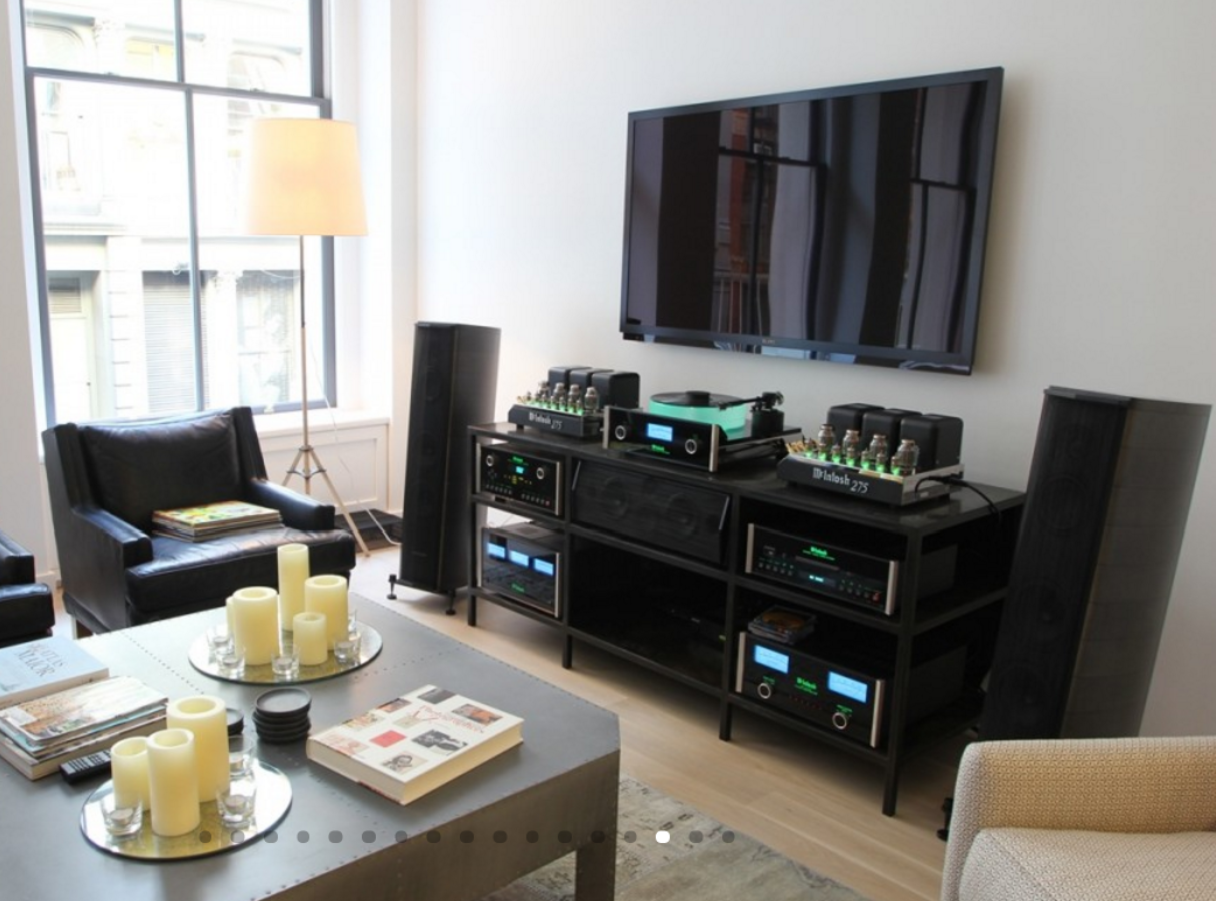Fernando Zorrilla is the CEO of Cloud9 Smarthome, an NYC design-integrator out to make homes more connected and more beautiful. He writes about things that make life easier and media more immersive.
In 2014, 1.06 million new housing units were started in the USA — that’s an 8.8% rise over the previous year. This year, many people are not only looking to build something of their own, but also want to take advantage of the rapidly improving smart home technology that is now on offer to them.
Statista predicts that in North America alone, the smart home market will generate $22.4 billion in revenues by 2020, growing from 7.19 billion in 2013. And with just under 50% of the population of North America predicted to buy at least one connected device in the next year, the smart home truly is looming on the horizon.
Furthermore, by 2022, the Internet of things (IoT) will have reached an economic value of $14.4 trillion. Many of the networked devices will be in our homes regulating temperatures, monitoring security, locking our doors, and entertaining us. However, for a home to be considered “smart” these systems must be able to interact, and be remotely (and securely) controlled via the internet or phone – and that’s where the tech architects come in.
In this article, I will look at the top three reasons people are hiring specialist tech architects, and delve into what they actually do.
1) Expertise and technology focus
According to Icontrol, consumers are most likely to adopt smart home technology during home renovations or upgrades, and also when they are buying a new house.
When constructing a smart home, it’s important to hire professionals who can collaborate with you and help you develop your vision and turn it into a reality. Tech architects are there to do just that; they are far more than just contractors who just give a quote, do the work, and leave you to it.
Rather, these professionals are consulting architects who aim to help you build a smart home by seamlessly integrating smart systems and devices with your home. They work with you from the blueprints to the last coat of paint.
In reality, you only get one shot to integrate smart technology into a new construction project. To be most effective, you really need to employ a tech architect from the outset, as the solution must evolve through the curve balls of the construction process. Building materials and their impact on wireless communications, as well as the evolvement of the homeowner’s taste require the plan to pivot.
Retrofitting smart technology is both complex and less effective, as many technology installations need to have components placed in walls and ceilings. This can become a hindrance, rather than a compliment, to the overall look of a space if it is not planned for.
Tech architects are on hand to consult and plan at the very important beginning stages. In addition to collaborating with their clients on the look and feel, tech architects meet with other vendors and coordinate timelines with the building company, as many steps in the smart home process need to happen during specific phases of construction.
Of course tech architects will also test audiovisual equipment and automation performance, reliability and compatibility, as well as research and try out new products and software versions before offering clients a quote.
Moreover, they will take into account acoustics, wall and ceiling depth and type, as well as rack location and air circulation, and other technical parameters that traditional architects would not necessarily focus on.
2) Preventing regret
People say that hindsight is 20:20, and when you do finally walk into your newly built home, the last thing you want is a host of “If only we hads” and, “It’s a shame we didn’ts.” Tech architects can lay out all of your options for you and prevent all kinds of regrets, making sure that when you do step over the threshold, everything is as you had hoped.
While many smart home installers design your home with broad strokes, troubleshoot later and often have limited product awareness and few vendor relationships, a professional tech architect plans meticulously.
Firstly, they help homeowners decide on how the ergonomics and aesthetic of their smart systems should be. A hands-on approach at this stage is essential, or the homeowner will not have a solid grasp of what they are signing up for. A good architect should walk their clients through the options and allow them to physically interact with different automation platforms and AV components and uncover where their priorities lie.
After which, the tech architect can deliver a brand-agnostic, future-proofed solution, which includes all of the technical documents and guarantees that are required.
Finally, working directly with the client, the architect drafts and redrafts a design, adjusting brands and functionality until the desired balance of price and performance is met. All plans are built on a technical framework that is rock solid, minimizing surprises and change orders later in the process.
3) A lifetime solution and effective safeguards
There are limitless ways to automate a home. Tech architects strive to find solutions that will be appropriate and upgradable for the lifetime of the house. While each smart home platform has a different feel of control, a different ecosystem, and different advantages and disadvantages regarding integration with 3rd party products, an architect has a deep understanding of these and will be able to outline the best approach to meet a client’s requirements.
While there’s no guarantee a company won’t go out of business, architects often attend industry trade shows across the country, which helps them keep a finger on the pulse of industry trends and further their reputations by partnering with healthy, growing brands.
When a supplier does go out of business, however, spare parts are always available via Ebay and refurbished equipment dealers. A good architect will guide their clients through the transitioning process as smoothly as possible (i.e. utilizing the same cabling, determining what replacement brand will maintain the same compatibility with the rest of the system).
The future of the housing market is smart. It is essential that builders and homeowners take their technology needs into account before the constructions begins. With careful planning and the right professionals at your side, your dream smart home is just around the corner.












